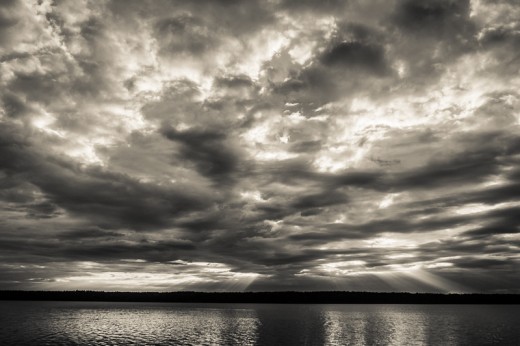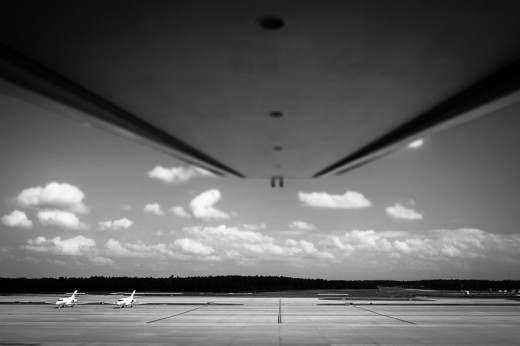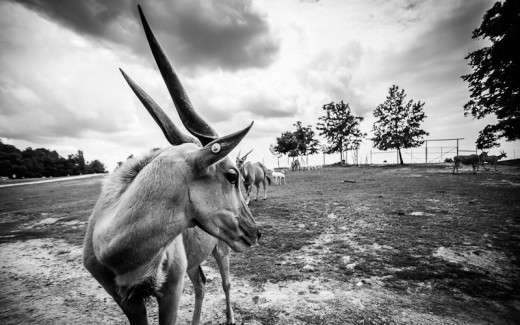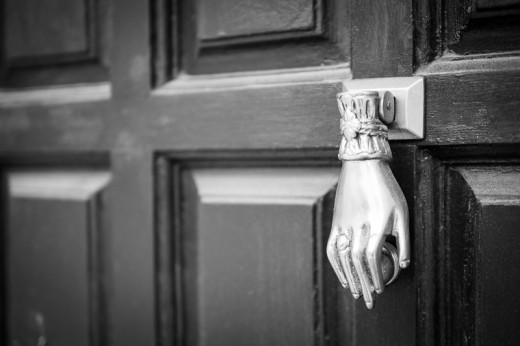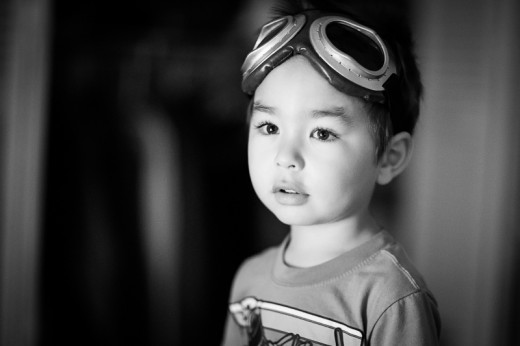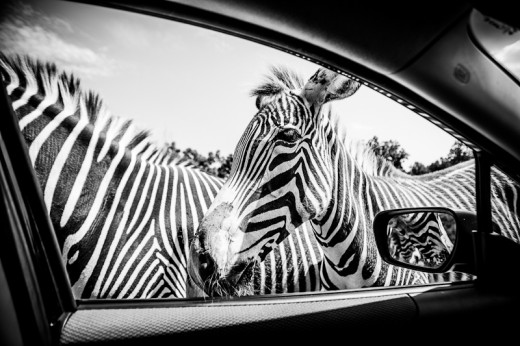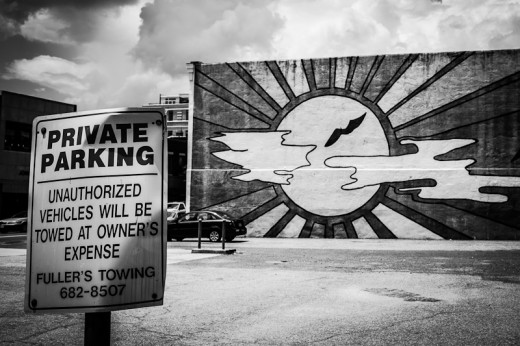A Month of Monochrome: First Impressions
A little over two weeks ago, I declared that for all my personal work, I would shoot in black and white exclusively. So far, I’ve kept to it, for the most part. I have over a month to go, but have already taken a number of photos in various types of monochrome. So far, I’ll be honest–it’s been harder than I expected.
I have always loved black and white, have always loved looking for the textures, angles, lines and contrasts in images that make them work without color. But I also see in color, often take photos that contrast color rather than tone, or where color is the central player. That bowl of fresh blueberries just doesn’t translate well to sepia tones.
But I am also learning things about how I see, interpret, and compose the world. Taking the color out of photos makes me focus on other elements that make them work or fail. Something that is well defined by its color in a color image may be lost in clutter in black and white, so I must focus on simplicity and form in my image. Depth of field always plays a role in photography of any sort, but in black and white it’s subtly different than with color.
It is interesting to see how tones of black and gray can set the mood in a photo–can take something innocent and make it sinister, or take something commonplace and give it depth. That is not to say that converting an image to black and white makes it somehow “better.” Indeed, I have had several photos that work reasonably well in color, but utterly fail in black and white, for various reasons. But good images, images that were conceived in black and white, or that just work that way by happy coincidence, gain something when they lose their palette.
I continue to love black and white for portraits–there is something timeless, focused, and beautiful about rendering skin in tones of gray. It can emphasize the beauty of good light and good skin, sometimes hide imperfect skin, and can sometimes mitigate the effect of bad (read: yucky color temperature) light.
I love the ability to emphasize contrast and pattern, to paint bold strokes of dark and light, to push contrast far out past the limits with color. I like the emphasis on forms, edges, and textures. For some things it works brilliantly, for others the color is a necessary element to articulate a photo, to make it make any sense.
What I’ve learned so far is that you have to shoot differently to make images work in black and white. Imagine being a photographer using one of the first widely available color films, and how that must have changed your photography. We have an incredible luxury with digital cameras to choose color or black and white on the fly, or even after the fact. We have creative freedom to pick and choose what we leave in color and what we convert to monochrome. We are not forced always to shoot in a manner dictated by the particular medium (at least, not in terms of color vs. black and white).
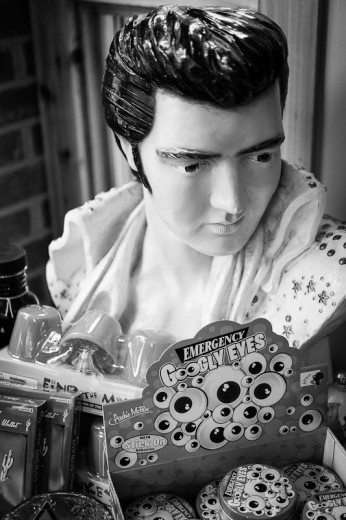 When you then take away that option as I have, you feel the constraint. Like shooting with a single focal length or a single lens, you are forcing yourself to approach things differently. A lot of people argue that primes are better than zooms because they force you to move and think about your framing more, but I think the real reason primes are often useful is because they make you filter your shots more. Just as with black and white, they make you think about framing and perspective, and force you to figure out how to get the perspective you want, or filter and focus your shooting so that you find things that work. It is a particular way of seeing.
When you then take away that option as I have, you feel the constraint. Like shooting with a single focal length or a single lens, you are forcing yourself to approach things differently. A lot of people argue that primes are better than zooms because they force you to move and think about your framing more, but I think the real reason primes are often useful is because they make you filter your shots more. Just as with black and white, they make you think about framing and perspective, and force you to figure out how to get the perspective you want, or filter and focus your shooting so that you find things that work. It is a particular way of seeing.
Shooting black and white is essentially the same in that it forces this choosiness, though it’ a little harder to see while out shooting. I have found, though, that after each round of photo-editing, I am getting better at figuring out which shots will look good in black and white, and which ones won’t work. I have always tried to “see” in black and white, but I feel like I am now starting to hone and fine-tune that ability.
Of course, there will always be photos that feature color as the central motif. Would the image of the Afghan Girl have become iconic if it had been in black and white? Would Ansel Adams’ “Tetons and the Snake River” have looked as dramatic in color? Who knows? The photographers might have approached them in completely different ways had they had a different type of film loaded in their cameras. They might have made other iconic images.
My takeaway so far, then, is that shooting in black and white has reinforced my conviction that we are living in a great era of photography, where we have a wide variety of media and tools within our grasp. We are free to experiment and to dream, whether that means converting a van into a camera and traveling back to the roots of photography, or working fully in the digital realm, pulling stills out of high resolution moving pictures. What you do with the tools is up to you, and that choice is what makes it so magical.
